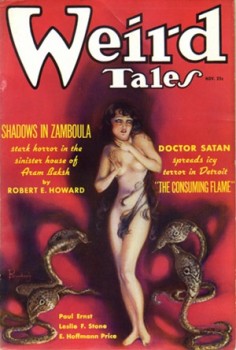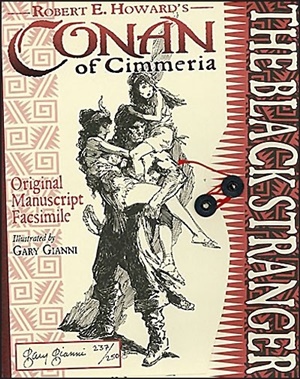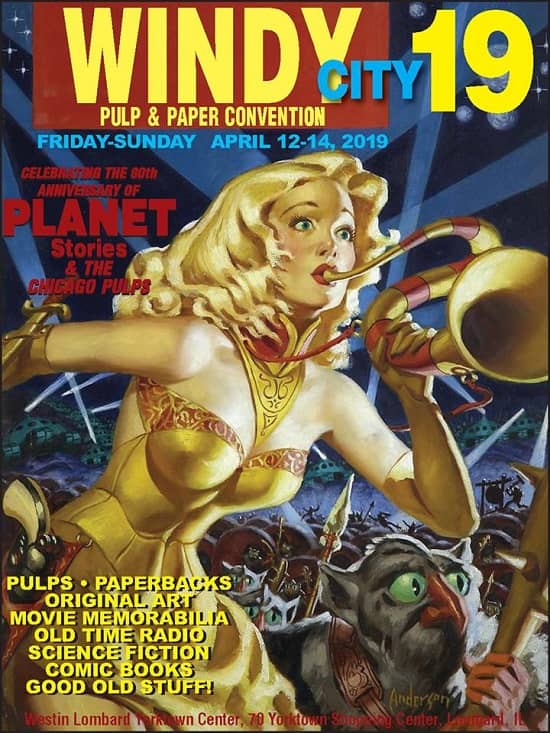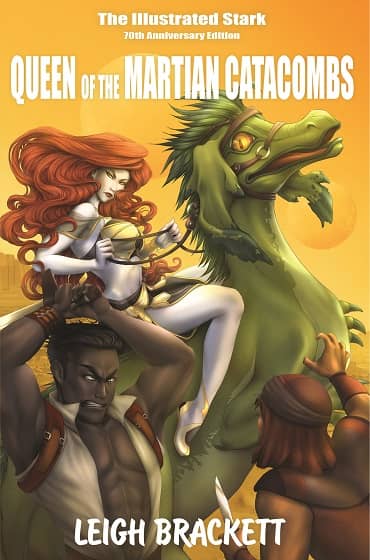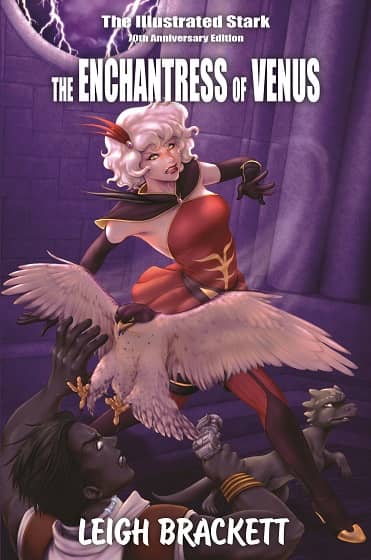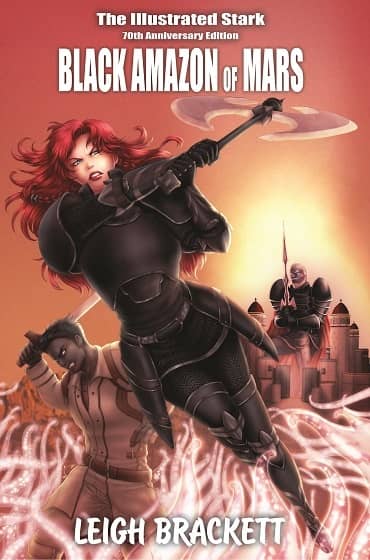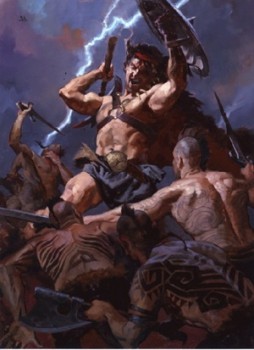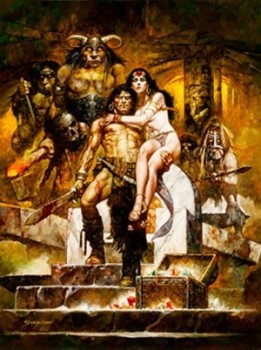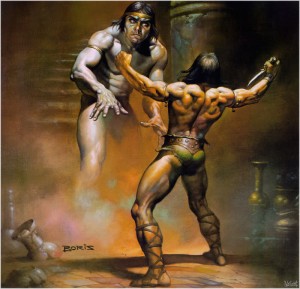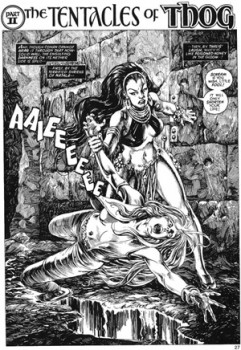Hither Came Conan: Keith J. Taylor on “Red Nails”
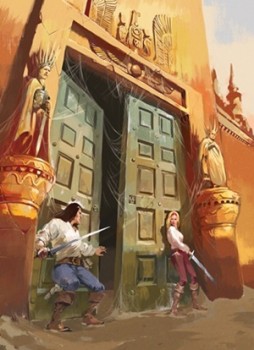
Welcome back to the latest installment of Hither Came Conan, where a leading Robert E. Howard expert examines one of the original Conan stories each week, highlighting what’s best. Keith Taylor talks about “Red Nails.” It was the last Conan story written by Howard, who was moving on from fantasy. Read on!
“Red Nails” happens to be one of this writer’s favourite Conan stories, of that particular length, along with “People of the Black Circle” and “The Black Stranger” (which REH also wrote as a Black Vulmea pirate yarn, “Swords of the Red Brotherhood”).
Aside from their general length, they have other elements in common. One is the usual rip-roaring, headlong action, inventiveness, and raw violence which Howard’s name on a story guaranteed. Another is a pattern of shifting alliances and double- or triple-crosses. Yet another is a furious resolution at the end, involving the gory deaths of some of the main players.
The background against which the story unfolds in “Red Nails,” the mad, claustrophobic lost city of Xuchotl, is almost a major character in itself. For a contrast, at the beginning, Howard opened his story in the natural world outside, an immense forest of ancient trees, rocky crags and wild beasts. He introduces his protagonists there, Conan and the Aquilonian pirate, Valeria of the Red Brotherhood. Valeria has killed a mercenary officer who tried to rape her, and before that, had to jump overboard from a pirate ship because “Red Ortho wanted to make me his mistress.”
Conan has followed her south from the mercenary camp with that identical idea. They are almost about to come to sword-strokes when a dragon kills their horses and interrupts the scene – described by Howard as “at once ludicrous and perilous.”
The dragon is interesting. In general design it’s like a stegosaurus, right to the spiked tail, armour plates along the spine, and “absurdly short legs.” The head, though, is not tiny but decidedly big, its vast gape armed with rows of carnivore fangs. It turns out later that the dragon and its kind had in fact been extinct for an epoch or so, and nothing remained of them in the forest but their bones, until the magicians of Xuchotl resurrected them, “clothed in flesh and life.”
